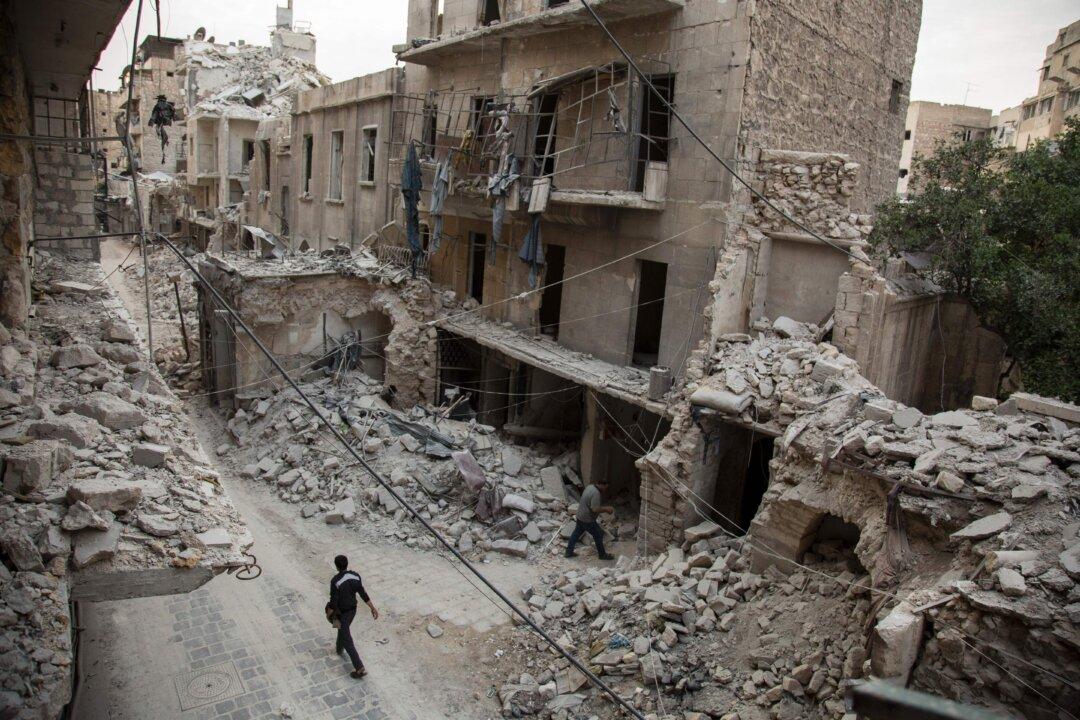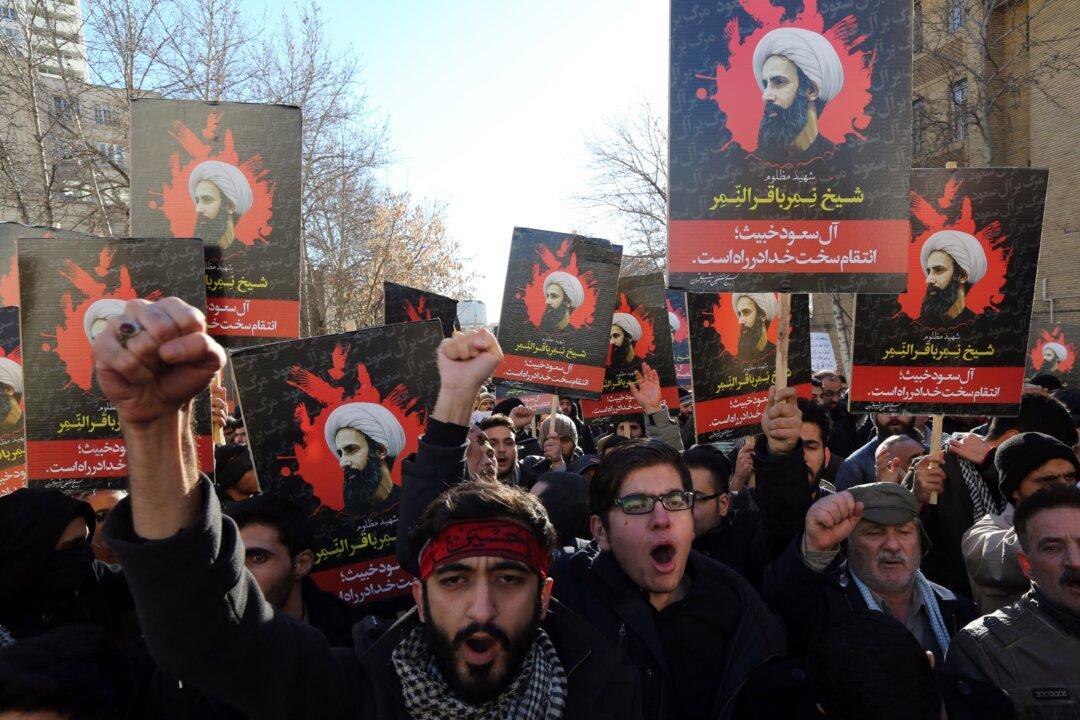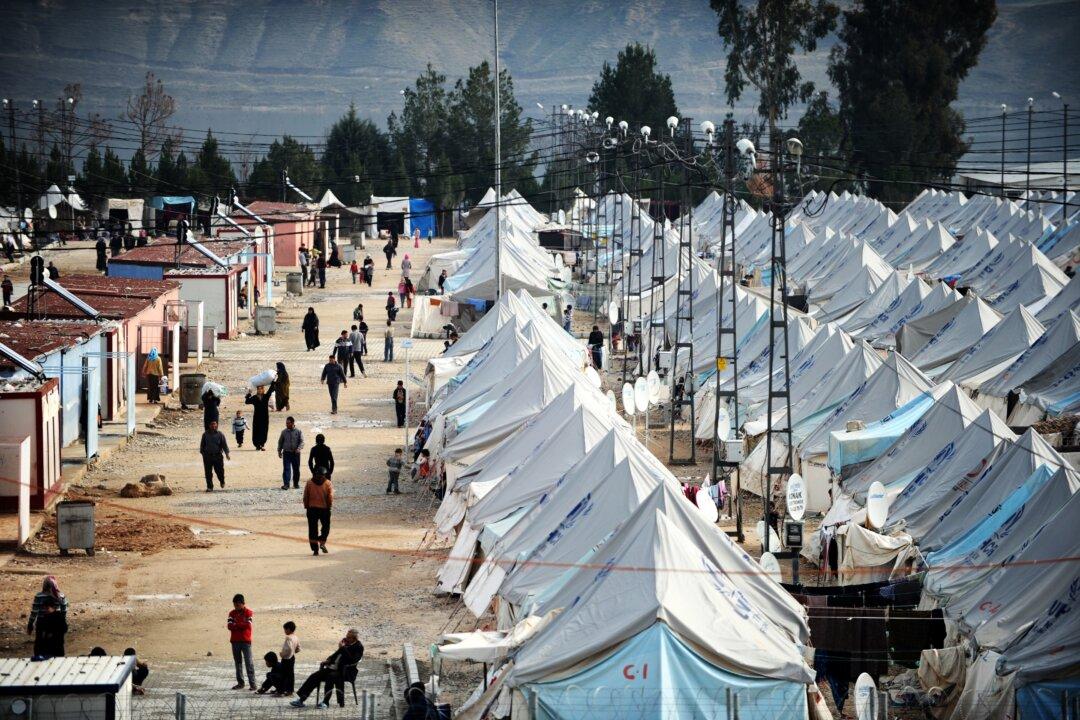The latest round of talks in Geneva has failed to curb a dramatic spiral of violence and the tragedy in Syria is deepening rapidly. A hard-won and admittedly imperfect ceasefire has been broken, resulting in hundreds of deaths, particularly in Syria’s second city, Aleppo.
The Syrian Observatory for Human Rights documented the deaths of 3,116 people during April 2016. In recent days, U.S. Secretary of State John Kerry has sought to revive the process, yet a number of structural problems remain. The sheer number of actors involved in the talks, all arriving with competing visions of what a post-conflict Syria would look like, have caused serious problems.

Secretary of State John Kerry speaks to the media at the State Department in Washington, D.C., on May 3, 2016. Secretary Kerry made remarks to mark World Press Freedom Day and discussed the current situation in Syria. Alex Wong/Getty Images


